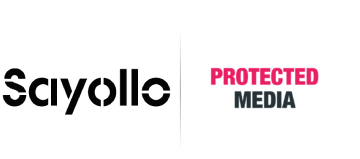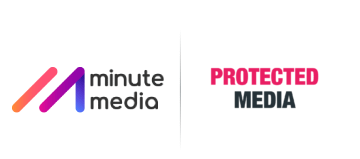February 27, 2017
Asaf Greiner, Founder and CEO of Protected Media, looks at the fake news dilemma and how it can lead to brand erosion for advertisers appearing alongside these news sites. Getting in front of consumers is goal number one, and if a user chooses to visit these sensational sites, it’s their choice and can the advertiser really be to blame?
Ads for major corporate brands may inadvertently be placed next to fake news. When an ad for the 2017 Ram 1500 truck appeared under the headline “Yoko Ono: ‘I Had An Affair With Hillary Clinton In The ’70s” in the World News Daily Report, Fiat Chrysler responded by putting the publisher on a blacklist.
To assure advertisers that they are doing what they can to protect their brand, both Facebook and Google claim that they are taking extra measures to prevent ads from appearing in apps or sites containing content that is illegal, misleading or deceptive, including fake news. But it’s not realistic to hold brands accountable for having their ads appear on sites with fake news.
Ads Follow Audiences
Due to the automated nature of online ads, the cash can often flow into these sites without the intention of companies doing the actual advertising. Third-party networks and agencies place ads on sites across the web based on digital auctions. Targeting technology is used to decide which ad to serve no matter on which sites viewers roam.
In addition, ad servers choose which ads to serve based on a number of personal factors concerning the viewer’s browsing patterns, purchase history, age, economic status, values, personality, attitudes, opinions and lifestyles. The user experience for online advertising is totally unique and individual.
So if a viewer sees an ad for a truck while browsing through sites that contain news items that are misleading, the ad was served more often on that site because of the viewer’s background or previous searches than an advertiser’s direct agreement with the publisher, so does it really make sense to complain about where the ad appeared? After all the consumer chose to go to that site in the first place.
Since every screen can become a canvas, in the privacy of a consumer’s home, it doesn’t make sense to dictate what each individual viewer sees. There can be no real connection between the brand and the individual computer screen.
Truth or Bad Taste?
Brands run the risk of appearing to endorse political stances or rhetoric that potential customers may find objectionable by having their ads appear on certain sites. But typically which content is objectionable is a matter of opinion. It can depends on which side you’re on, and how a news item is interpreted or reported.
As people become more polarized and opinionated over controversial issues for example whether or not to encourage immigration, or whether or not you support President Trump, it’s difficult for brands to known when opinions or news items are extreme, fabricated or just considered offensive by certain viewers.
In addition, it can be fairly easy to build a filter for pornography or violence, but it’s much more difficult to detect fake news, exaggerations or news items that look fake. In many cases a site can include some real information and some fake news. It can require specialized knowledge and having humans check each ad impression one by one which is very difficult to scale up when typical online ad campaigns can include millions of impressions.
Preventing Brand Erosion
A way to scale up and detect these sites with any level of precision is to create a ranking system and then use an algorithm to scan multiple sites to determine if they are considered acceptable or unacceptable. It’s also possible to use standard industry blacklists to weed out those sites that are considered hardcore, and then add sites one by one as they are detected.
But most likely these methods won’t be successful and there won’t be any across the board solution which works. It can be argued that the whole attempt is an exercise in futility, a modern day witch hunt.
There are real fraud issues, where advertisers are cheated out of their ad budgets due to publisher fraud where the name of less trafficked or less legitimate sites are changed to “The Guardian” or “The Wall Street Journal” to boost the value of ad placements. This is deception and ad fraud. It can be detected and should be prevented.
But there are too many variables to stop ads from appearing next to fake news. There really can’t be any standards for what is true or false. Because the exact placement of an ad is based on calculations performed in milliseconds, and it may have controversial content only for that particular day, the ad might not appear next to the fake news, or the ad might not be noticed at all. All the uproar could be out of proportion.
Consumers have a right to browse most any site they want. The ads that appear is a sum of their previous choices and personal taste. As long as the viewers of the ads don’t complain, it really shouldn’t be promoted as a serious problem. Advertisers and ad servers shouldn’t be forced to hand pick sites to be backlisted to prevent some consumers from being offended. Instead the market should be educated about the personal experience of ad serving, and then accept that individuals have a right to view ads wherever and whenever they choose.
By Asaf Greiner
Founder and CEO
Protected Media




